Within the Abilene Police Department, there is an elite group that don’t wear badges or carry weapons. These are the members of the Department’s K9 unit and are astute, intelligent and willing to stand on the front line of danger. More than “just dogs,” these animals are highly trained officers, using their powerful noses, finely honed instincts and fearless dedication to assist law enforcement in ways no human officer could.
Whether tracking a person of interest through dense woods or grass, detecting hidden explosives or narcotics or protecting their handler in a tense standoff, these four-legged officers play a crucial role in keeping communities safe. But to their human partners, they are more than competent and trustworthy coworkers – they are family.
 Abilene K9 Law Enforcement
Abilene K9 Law Enforcement
APD patrol officer Tim Cox knows the unit well. Cox has been with the Department for eight years. Prior to that, he served as an explosive detection handler for the Air Force and later in the same role as a government contractor for the Department of Energy and the Army, where he served overseas in Afghanistan and Baghdad.
He said the K9 unit was established in Abilene around the late 1950s or early 1960s. But it wasn’t until the mid to late ’90s that it became an official unit. However, he noted that the history of the APD’s K9 unit may have gone back long before that.
“At the station, every Chief of Police has a portrait hanging, and one of the first Chiefs is holding two tracking hounds,” said Cox, who added that no one really knows the story behind the image, but said his interest was piqued.
“We really want to know what the deal was,” he said, “Were they working dogs or his pets?”
Officer Cox said the APD currently has four patrol and narcotics certified dogs, or “dual-purpose,” whose job is to aid in apprehension, tracking and building searches, as well as one “single-purpose” dog that is exclusively trained in narcotics detection.
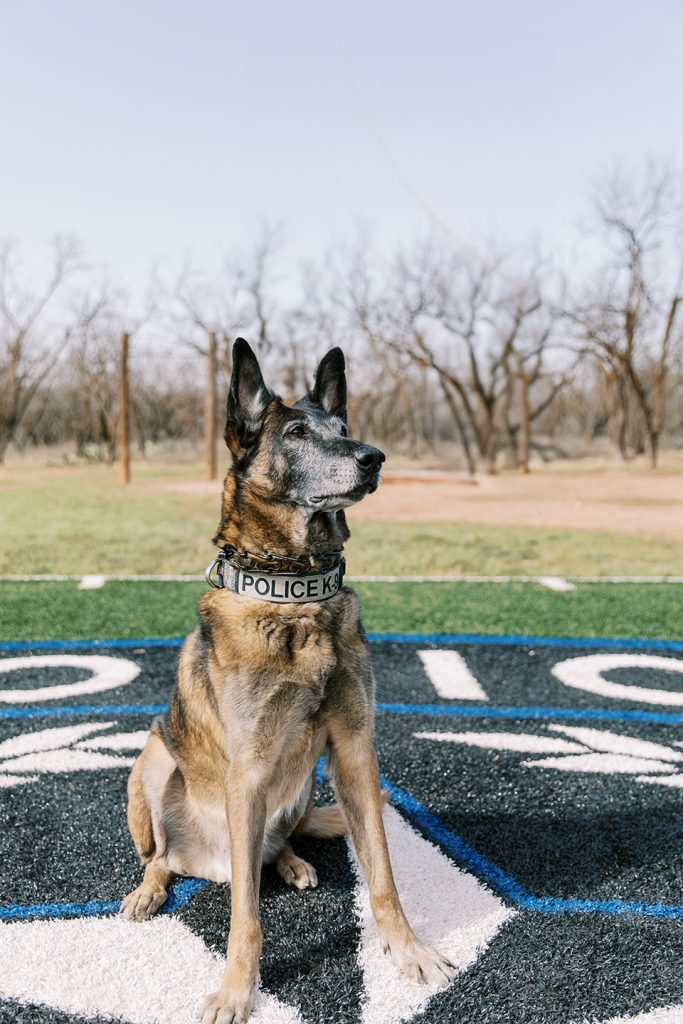 Cox said the animals are purchased through vendors, who import, breed and train military and police dogs. It is the officer’s job to evaluate as many dogs as necessary before selecting their new partner.
Cox said the animals are purchased through vendors, who import, breed and train military and police dogs. It is the officer’s job to evaluate as many dogs as necessary before selecting their new partner.
It is essential, he said, to take into account an animal’s skill and temperament and to choose those that fit best with their prospective handlers, paying close attention to how they react in a variety of “environmental situations.”
“For example, we want to see how the dogs handle going upstairs or if they are willing to enter a dark room,” he said. “We also want to make sure they show drive and curiosity, which is extremely important for tracking.”
Officer Cox said that a dog’s personality must also be considered because “personalities drive their behaviors,” and just like with human officers, it is extremely important that those align in order to have an effective team.
“This is such an important part of the evaluation process,” he said. “There must be rapport on and off the job, because the officer isn’t just picking a work partner, they are also choosing a dog that will be a member of their family.”
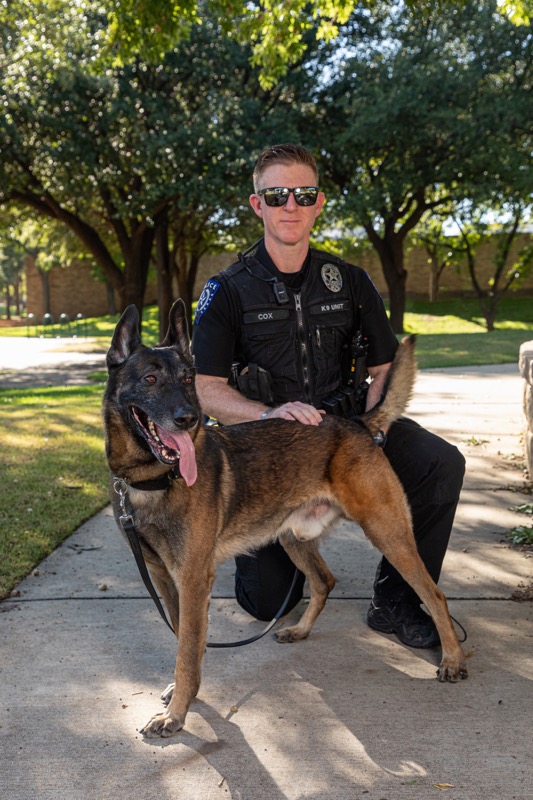 More Than Just a Partner, They Are Family
More Than Just a Partner, They Are Family
Selecting a dog that will be both coworker and family is what Cox calls a “delicate balance.”
“These dogs are capable of so much,” he said, adding that a “very remarkable personality trait is their ability to work, know they’re at work and be able to give 100 percent on the job. Then when they go home where they can just relax and be a dog.” As for his own dog, a Belgian Malinois named Barco, Cox said he is “absolutely blown away” by his intelligence, both on the job and at home.
“I began training dogs in the early 2000’s and he is the most impressive dog I’ve been assigned to,” he said. “As an example, during narcotics training, I know his behavior and can see his brain working by watching his eyes and in the way he will close his mouth and perk up his ears. I can see him thinking of how to get to an odor he detects – it’s pretty incredible.”
Cox said, as well, that the trust he and Barco have is absolutely unshakable and is shown in a multitude of ways, including the way his partner responds to what he refers to as “command words.”
“As with most police and military dogs, Barco’s command words are in German and French and he will only respond to me,” said Cox, adding that in the very unlikely event the animal’s command word is spoken by someone else, Barco will not respond.
Cox firmly believes that being able to integrate the dog with an officer’s family is important in the bonding process and makes for a more effective partnership. He said even at home or when the two visit local schools as part of community outreach, Barco’s intelligence is always on full display.
“We’ll have conversation, he and I,” Cox said, describing Barco as a “problem solver and extremely disciplined no matter what situation he is in.”
“When I was in the military we didn’t take the dogs home, and being able to do that as a member of the APD really strengthens our bond,” he said.
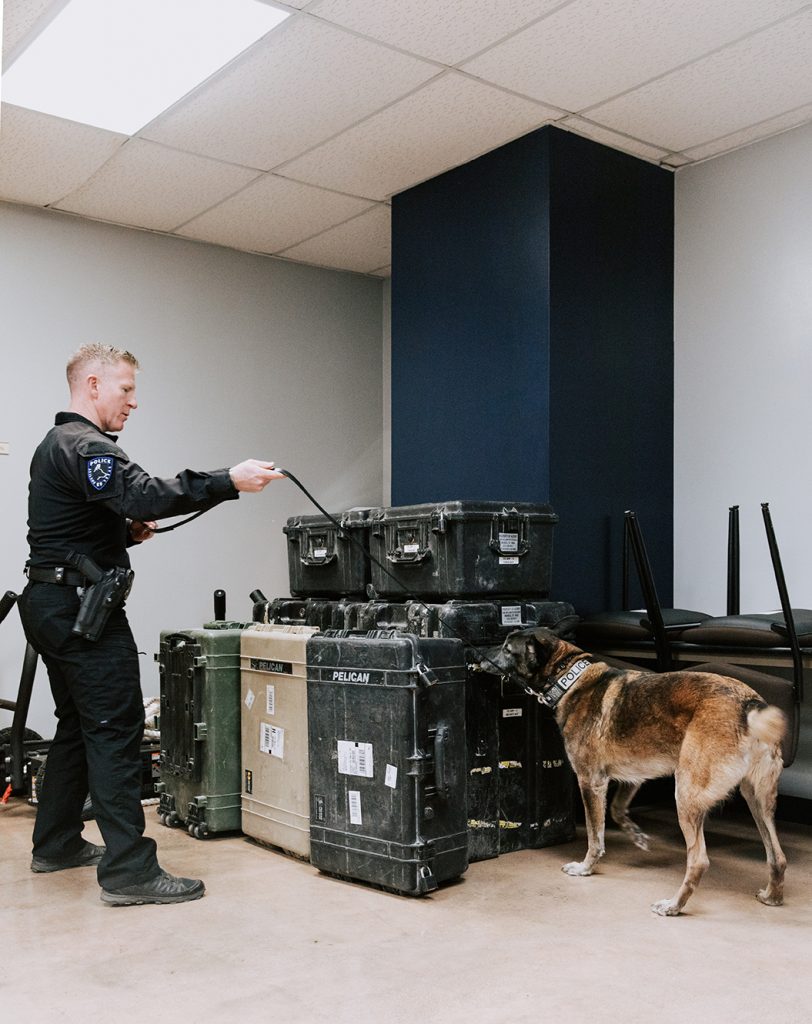 From Training to Trust
From Training to Trust
Cox said the K9s aren’t the only ones who go through a thorough vetting and selection process.
“A lot goes into selecting someone for this specialized unit and the APD has extremely in-depth requirements someone must meet,” he said. “We take into account an officer’s personality and reputation and we conduct behavioral evaluations, as well as make sure a candidate has the ability to meet strict physical requirements. Just like selecting the dogs, we want people who are teachable, coachable and willing to learn.”
In addition to meeting the Department’s strict physical and psychological criteria, Cox said one of the most complex, yet crucial tasks for a candidate is to master how to be a decoy.
Often described as a “sparring partner,” a decoy‘s job involves much more than putting on a bite suit and having the dog run forward, teeth bared. Cox said that well-trained decoys expertly react and engage with the dog by providing constant feedback during training. This helps hone the animal’s prey drive, which is crucial for real-world situations the dog and handler might encounter.
Describing Barco as “an excellent tracking dog,” Cox said the two have been in their share of dangerous situations, but his partner always handles each encounter with intense focus and utmost competence, helping de-escalate situations and detect threats before they cause harm.
“Tracking situations have a high potential for danger because you never know what someone’s intentions are,” he said, stressing that the goal is always harm mitigation, both for the suspect and the officers.
“We want to resolve every encounter with the least amount of force, and as a first line of defense, the K9s are able to meet that objective. Even though these dogs are trained for incredible things, what we really want is for them to be a deterrent, so that everything is resolved safely for everyone involved.”
Officer Cox said out of the hundreds of searches and other calls the handlers and dogs encounter, the times an animal has had to bite is “just a very small percentage of those.”
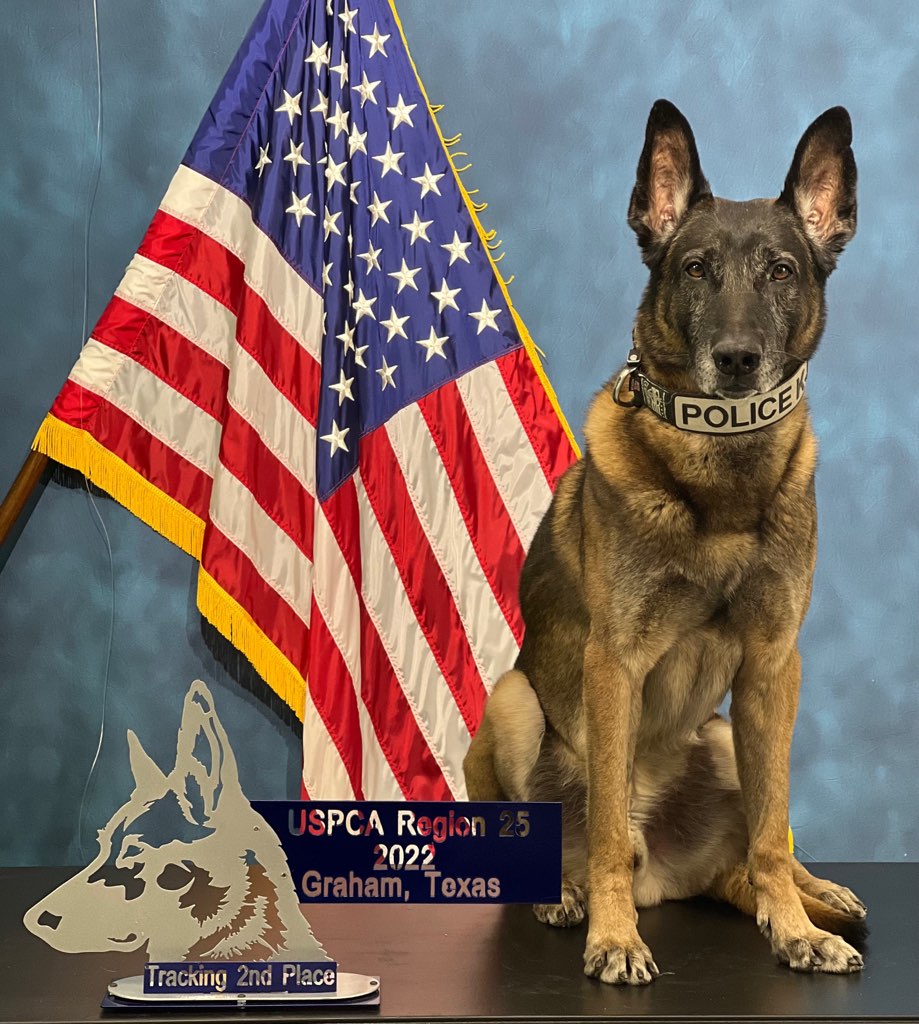 In fact, Cox said it is the dog’s mere presence that is the officer’s greatest asset. “If a K9 officer shows up to a scene and turns the car’s dome lights on and the suspect sees the dog, most of the time they chill. It’s not like on TV and in the media where dogs are seen attacking every suspect they pursue.”
In fact, Cox said it is the dog’s mere presence that is the officer’s greatest asset. “If a K9 officer shows up to a scene and turns the car’s dome lights on and the suspect sees the dog, most of the time they chill. It’s not like on TV and in the media where dogs are seen attacking every suspect they pursue.”
The deterrent patrol dogs provide has been proven both anecdotally, as well as in studies that show the likelihood of an officer resorting to deadly force is greatly diminished by the presence of a K9.
“There’s definitely something psychological about seeing a dog from the perspective of a suspect because people just seem to know that the likelihood of an officer using a gun is a lot less than the officer releasing their dog,” he said. “So if you show up with a dog, people are way more likely to comply.”
As for Barco and his four-legged colleagues, Officer Cox said they will continue to work as long as they are “reliable, healthy and capable,” and then retire to live the rest of their days as a cherished family member with a full resume of dedicated and unwavering service.
By Molly Hill
Photos By Shayli Anne Photography
RELATED: Day in the Life: Police Dog


















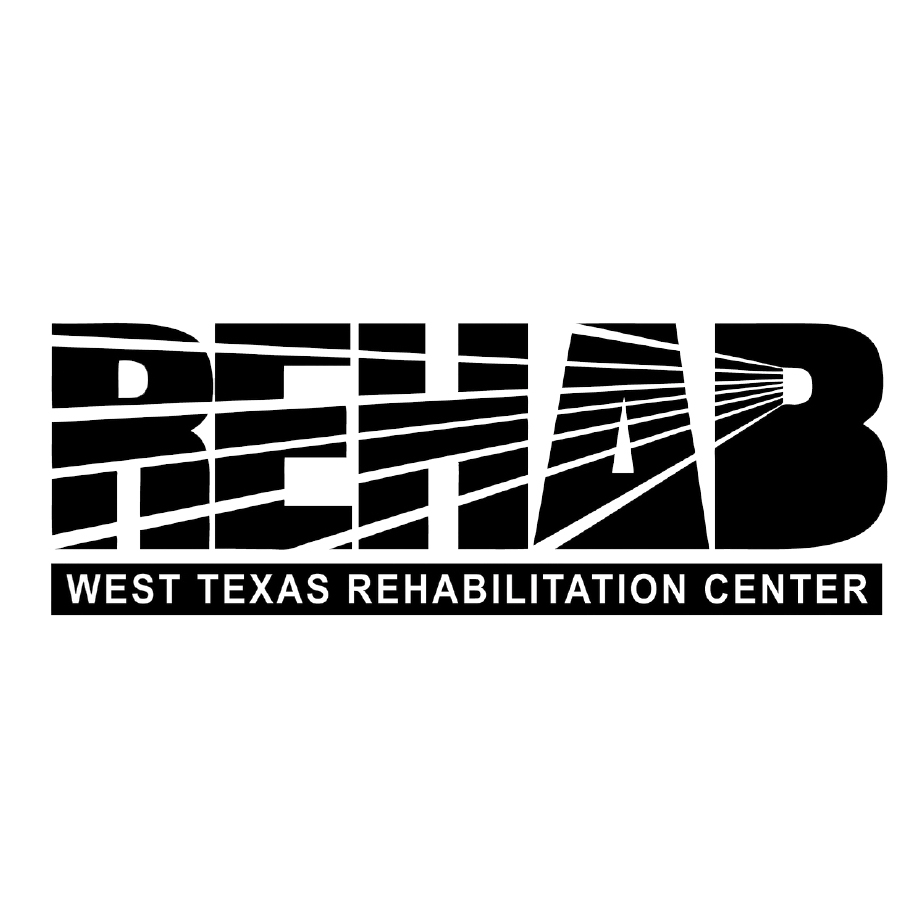










Leave a Reply